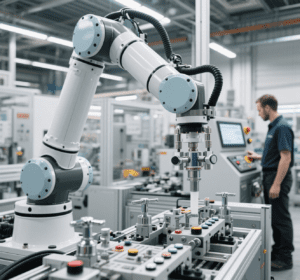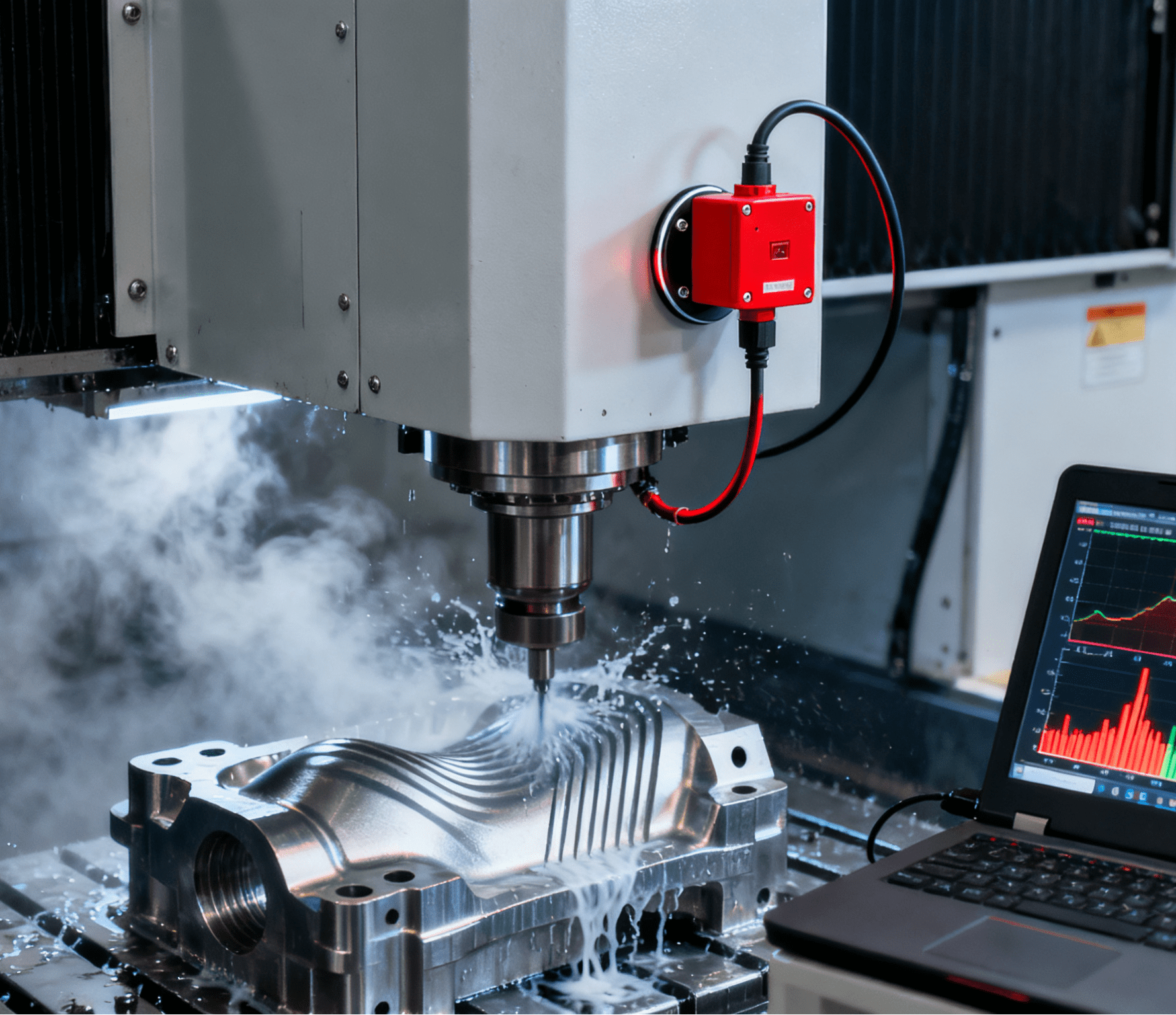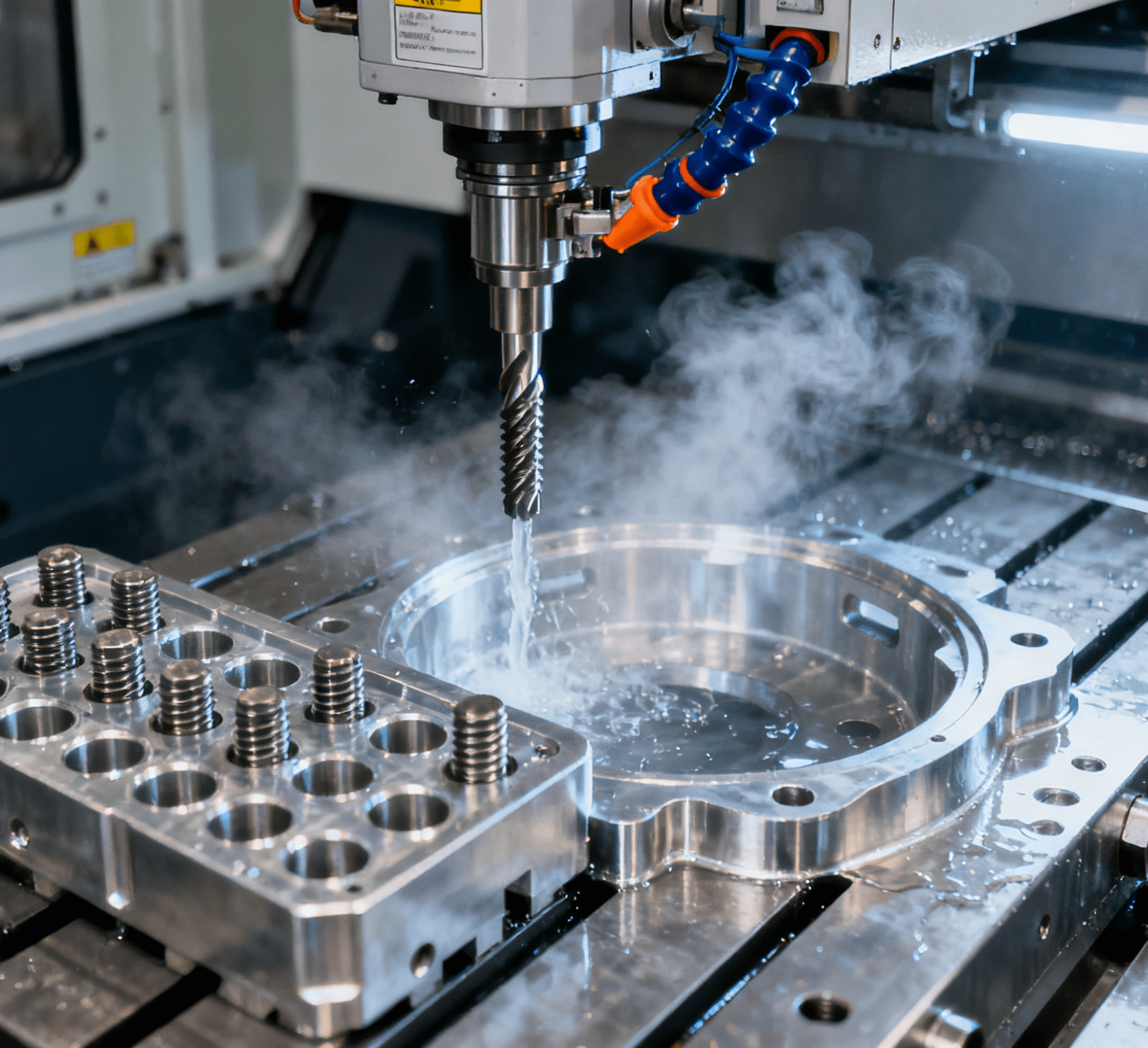The Revolutionary Power of Tap Control Button Assembly Machines

In the intricate realm of plumbing fixture manufacturing, tap control button assembly machines have emerged as a revolutionary force, reshaping the production paradigm for one of the most essential yet often overlooked components of faucets. These machines are not only enhancing the efficiency of assembly lines but also elevating the quality and functionality of tap control buttons, meeting the evolving demands of modern consumers and manufacturers alike.
The Bygone Era of Manual Assembly: Struggles and Limitations
Before the advent of automated tap control button assembly machines, the production of these buttons was a labor – intensive and error – prone process. Skilled workers would painstakingly handle tiny components such as buttons, springs, and internal actuators, manually fitting them together. Each step required a high level of dexterity and attention to detail, from carefully inserting the spring into the button housing to precisely aligning the control mechanism.
However, this manual approach was fraught with challenges. Human error was inevitable, leading to issues like misaligned springs that could cause the button to stick or malfunction. Inconsistent application of adhesive during the assembly of button covers often resulted in poor bonding, causing the covers to come off over time. Moreover, the slow pace of manual assembly severely restricted production volumes, making it difficult for manufacturers to keep up with the surging demand from the booming construction, renovation, and plumbing industries.
The Intricate Mechanics of Tap Control Button Assembly Machines
Tap control button assembly machines are a masterpiece of engineering, integrating advanced technologies and intelligent systems to streamline the assembly process with unparalleled precision.
- Component Handling and Feeding Systems
The assembly journey commences with the meticulous handling and feeding of components. For minuscule parts like springs, pins, and micro – sized washers, high – precision vibration bowls are employed. These bowls use controlled vibrations to gently nudge the components along a track, orienting them in a way that ensures they are perfectly positioned for the assembly robots to pick them up. As the components reach the end of the track, they are held in place by pneumatic grippers or magnetic fixtures, awaiting the next stage of assembly.
Larger components, such as button housings and decorative covers, are typically conveyed via conveyor belts equipped with custom – designed carriers. These carriers not only transport the components but also ensure they are held securely and in the correct orientation. Some advanced systems incorporate vision – guided feeding mechanisms, where high – resolution cameras and machine vision algorithms identify and sort components based on their shape, size, and surface features, eliminating the risk of incorrect or damaged parts entering the assembly process.
- Precision – Driven Assembly Robots and Mechanisms
At the heart of the tap control button assembly machine lies a sophisticated array of precision – driven assembly robots and mechanisms. Multi – axis robotic arms, outfitted with specialized end – effectors, are the workhorses of the assembly operation. These robotic arms can perform a wide range of complex tasks with sub – millimeter accuracy. For example, they can delicately place a tiny spring into the button housing, ensuring it is seated correctly and will provide the right amount of resistance when the button is pressed. The robotic arms can also apply the exact amount of adhesive required to bond the button cover, ensuring a strong and durable connection.
In addition to the robotic arms, there are custom – designed assembly fixtures that play a crucial role in maintaining component alignment and stability during the assembly process. These fixtures are adjustable to accommodate different button designs and sizes, allowing the machine to be quickly reconfigured for various production runs. For instance, a fixture might be used to hold the button housing at a specific angle while the internal control mechanism is being installed, ensuring that all components are perfectly aligned for optimal functionality.
- Comprehensive Quality Control Systems
Maintaining the highest quality standards is non – negotiable in tap control button production, and modern assembly machines are equipped with state – of – the – art quality control systems. Automated functional testing stations are a key component of the quality assurance process. After assembly, the buttons are subjected to a series of tests to ensure they function correctly. This includes testing the button’s tactile response, checking the spring’s compression and return force, and verifying the electrical connectivity (in the case of electronic control buttons). Sensors detect any deviations from the specified parameters, and buttons that fail the tests are immediately flagged for rework or rejection.
Vision inspection systems also play a vital role in quality control. These systems use high – magnification cameras to inspect the buttons for any cosmetic defects, such as scratches, dents, or uneven coloring. They can also verify the correct placement of components and the integrity of adhesive bonds. Any button that does not meet the strict aesthetic and functional requirements is removed from the production line, ensuring that only top – quality products reach the market.
The Multifaceted Advantages of Tap Control Button Assembly Machines
- Exponential Growth in Production Efficiency
Tap control button assembly machines can operate continuously, around the clock if needed, without the limitations of human fatigue or work – hour regulations. This continuous operation translates into a significant boost in production output. A single high – performance assembly machine can produce thousands of buttons per hour, depending on the complexity of the design. This increased efficiency allows manufacturers to meet large – scale orders promptly, reducing lead times and improving customer satisfaction. It also enables them to respond quickly to fluctuations in market demand, ensuring a steady supply of products to retailers and end – users.
- Unwavering Product Quality and Consistency
One of the most significant advantages of using assembly machines is the consistent quality they deliver. Every tap control button assembled by a machine adheres to the same exacting standards. The precision of the assembly process eliminates the variability associated with manual labor. Components are placed with pinpoint accuracy, and each button undergoes the same rigorous quality control tests. This results in buttons that are not only highly functional but also have a uniform appearance and durability.
Consistent quality is crucial for maintaining brand reputation and customer trust. With automated assembly, manufacturers can be confident that each button they produce will perform reliably, reducing the likelihood of product recalls and customer complaints. This, in turn, leads to increased customer loyalty and a competitive edge in the market.
- Substantial Cost Savings
Although the initial investment in a tap control button assembly machine can be substantial, the long – term cost savings are significant. By automating the assembly process, manufacturers can significantly reduce their reliance on a large workforce, thereby cutting down on labor costs. Fewer workers are required on the production line, and the need for extensive training and supervision is minimized.
Moreover, the reduction in product defects due to precise assembly leads to lower material waste and rework costs. Fewer buttons need to be discarded or repaired, saving valuable raw materials and production time. The savings achieved through automation can be reinvested in other areas of the business, such as research and development to create innovative new button designs or marketing to expand market share.
- Adaptability to Diverse Design Requirements
The modern market for plumbing fixtures is highly diverse, with consumers demanding a wide range of tap control button designs, from simple, minimalist styles to elaborate, high – tech designs with integrated LED indicators or touch – sensitive surfaces. Tap control button assembly machines are designed to be highly adaptable. They can be quickly reprogrammed and reconfigured to assemble different button models, regardless of their complexity.
Whether it’s a basic mechanical button for a budget – friendly faucet or a sophisticated electronic control button for a luxury bathroom fixture, the machine can be adjusted to meet the specific design requirements. This flexibility allows manufacturers to offer a diverse product portfolio, catering to different customer preferences and market segments, and staying ahead of the competition.
Market Impact and Future Trends
The introduction of tap control button assembly machines has had a profound impact on the plumbing fixture market. Manufacturers are now able to offer a wider variety of high – quality buttons at more competitive prices. The increased production capacity has led to a greater availability of products, making it easier for consumers to find the perfect buttons to complement their faucets.
Looking to the future, the evolution of tap control button assembly machines is set to continue at an accelerated pace. The integration of emerging technologies such as artificial intelligence (AI) and machine learning (ML) is expected to further enhance the capabilities of these machines. AI – powered systems will be able to analyze production data in real – time, identify patterns, and make self – adjustments to optimize the assembly process, improving efficiency and reducing waste.
The Internet of Things (IoT) will also play a crucial role, enabling remote monitoring and control of the assembly machines. Manufacturers will be able to collect data on machine performance, component quality, and production metrics from anywhere in the world, allowing for proactive maintenance and more informed decision – making. Additionally, there will be a growing focus on sustainable manufacturing practices, with assembly machines being designed to use less energy, incorporate recycled materials, and reduce environmental impact.
In conclusion, tap control button assembly machines have transformed the way these essential components are produced, bringing about significant improvements in efficiency, quality, and cost – effectiveness. As technology continues to evolve, these machines will play an even more pivotal role in shaping the future of the plumbing fixture industry, driving innovation and meeting the ever – changing demands of consumers.




















